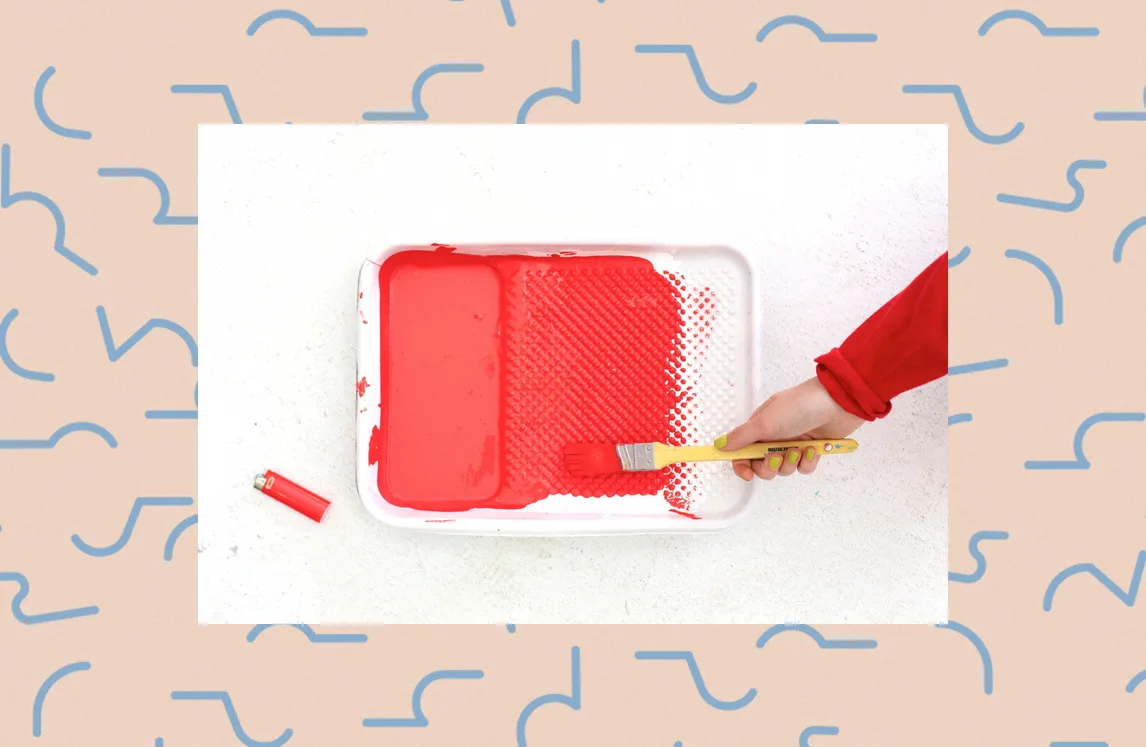Kick your creativity up a notch
“For creativity, you don’t come to me with ideas about how we can improve,” my boss said. This was my performance review. “So I gave you a three out of five.”
Who knew creativity was so black and white? But my old boss isn’t the only manager who views creativity as a quantifiable skill or ability, like organization or intelligence. So many people believe this skill is quantifiable that there’s even a popular creativity assessment tool, The Guilford Measures, which counts the number and variety of responses to a prompt to score a worker’s creative output. It’s simpler for employers to be able to treat creativity as a relative constant, but even professional creative workers experience bursts of inspiration and stretches of block. Creative capacity fluctuates, like patience or motivation, based on other psychological and environmental influences. A study in Learning and Individual Differences suggests a combination of factors like depression, anger, and fatigue inhibit creativity. If you want to be more creative at work, you may find that tackling certain obstacles outside of work may have a greater impact than adding brainstorming sessions. Here are three ways to break through obstacles to creativity:
- Meditate to relieve stress
When I’m in my best creative mindset, my mental processes are almost a perfect contradiction. I’m focused and immersed in the work, while simultaneously free and unstructured enough to dream up new ideas. Stress gets in the way of this delicate balance. Meditation is a powerful tool to lower stress levels and improve mental focus. By learning to acknowledge distractions without derailing your work, you’re free to devote your attention to your creative project. At the same time, practicing mindfulness has the physical effect of lowering your heart rate, which can signal your body to relax. Regular meditation may give you better control of your mind and body’s responses to stress. Once you’re in the habit, you can meditate almost anywhere, even if all your batteries are drained.
- Exercise to help with depression
First things first: If you’re experiencing depression, seek help. A qualified psychiatrist or medical professional can diagnose you and help figure out the right course of treatment. In addition to getting the right professional help, building good habits can ease some of the symptoms of depression. Exercise, especially in combination with meditation, has been shown to reduce depressive symptoms and ruminative thoughts in both neurotypical people and people with major depressive disorder. It doesn’t have to be a huge commitment, either. The participants in the study saw results by combining moderate exercise and meditation twice a week. If you need a mental boost, this is the perfect season to get outside. Walking the trail near my house keeps me from going stir-crazy. Often, when I get back, it’s easier to get into a creative groove.
- Rest and recharge to beat fatigue
A year after I started writing full-time, I had my first baby. As it turns out, increased demand for creative output plus increased stress and fatigue don’t necessarily mix well. I’ve worked out a rhythm of taking care of a busy 8-month-old and sitting down at my desk to write for clients during the day, but I struggle to find the energy for personal creative writing work. Whether you’re up late with a baby or burning the midnight oil for work, fatigue is bad news for creativity. A poll conducted by YouGov found that almost three-quarters of Americans wake up tired at least once a week, even if they’re getting 7-8 hours of sleep. Fatigue can come from being mentally overextended, too. Even if you go to bed at a reasonable hour, squeezing every drop of productivity from your day takes a toll. I’ve found I’m much more creative when I take time to read for fun. I apparently need to put good words and sentences into my brain to get good words out. To get back on track, try to sleep more (the national average is only 6.8 hours per night, so statistics says you’re probably not snoozing enough), drink more water (keeping hydrated can keep you from feeling sluggish), and unwind at the end of the day. You’ll sleep easier if you have buffer time to relax between work and lights-out. Read a book, take up a relaxing hobby like knitting or coloring, or even stream a few episodes with a friend or partner.

Creative capacity fluctuates, like patience or motivation, based on psychological and environmental influences
Jessica Sillers


Be kind to your mind
- Access the full library of 500+ meditations on everything from stress, to resilience, to compassion
- Put your mind to bed with sleep sounds, music, and wind-down exercises
- Make mindfulness a part of your daily routine with tension-releasing workouts, relaxing yoga, Focus music playlists, and more
Meditation and mindfulness for any mind, any mood, any goal

Stay in the loop
Be the first to get updates on our latest content, special offers, and new features.
By signing up, you’re agreeing to receive marketing emails from Headspace. You can unsubscribe at any time. For more details, check out our Privacy Policy.
- © 2025 Headspace Inc.
- Terms & conditions
- Privacy policy
- Consumer Health Data
- Your privacy choices
- CA Privacy Notice
